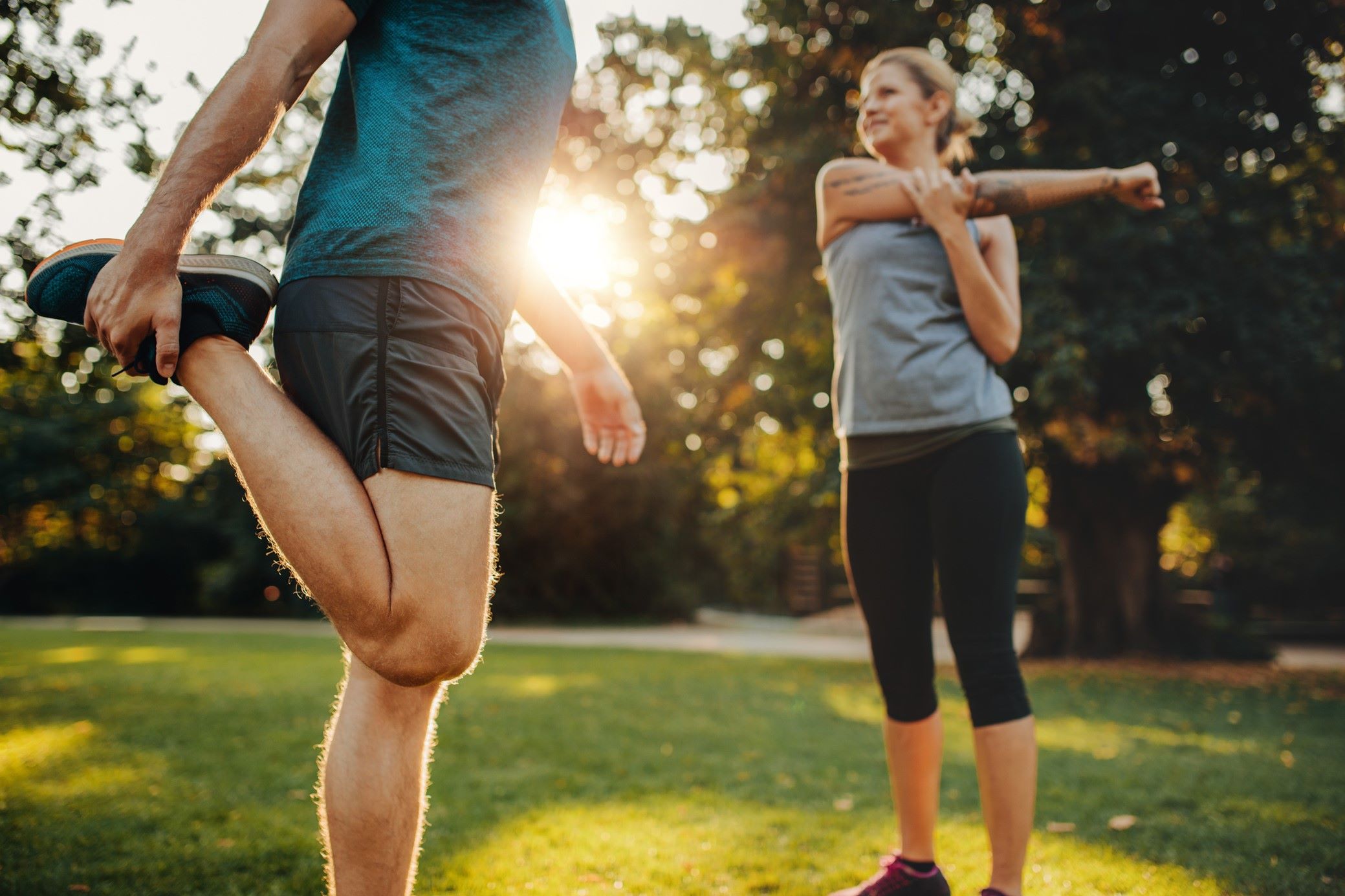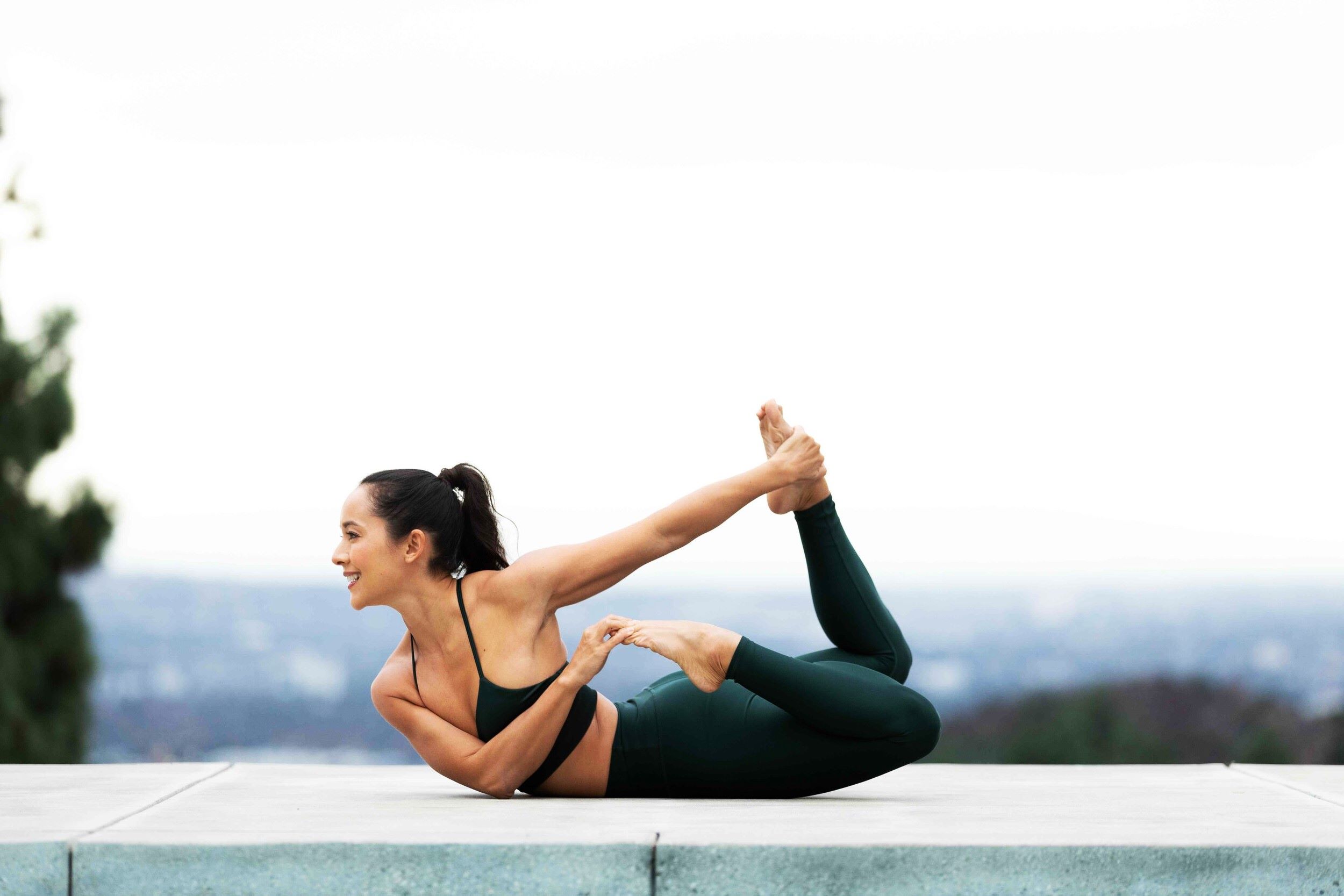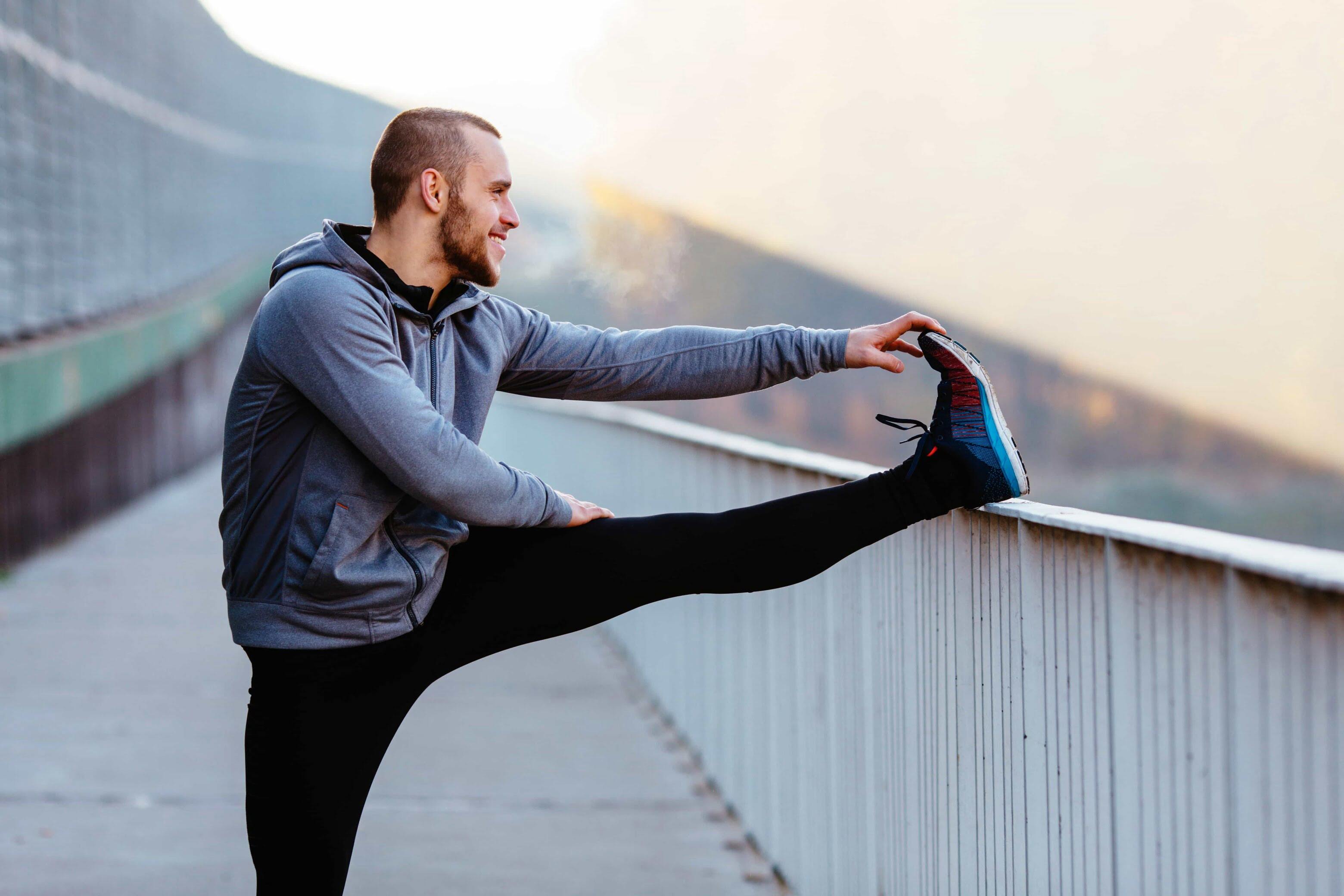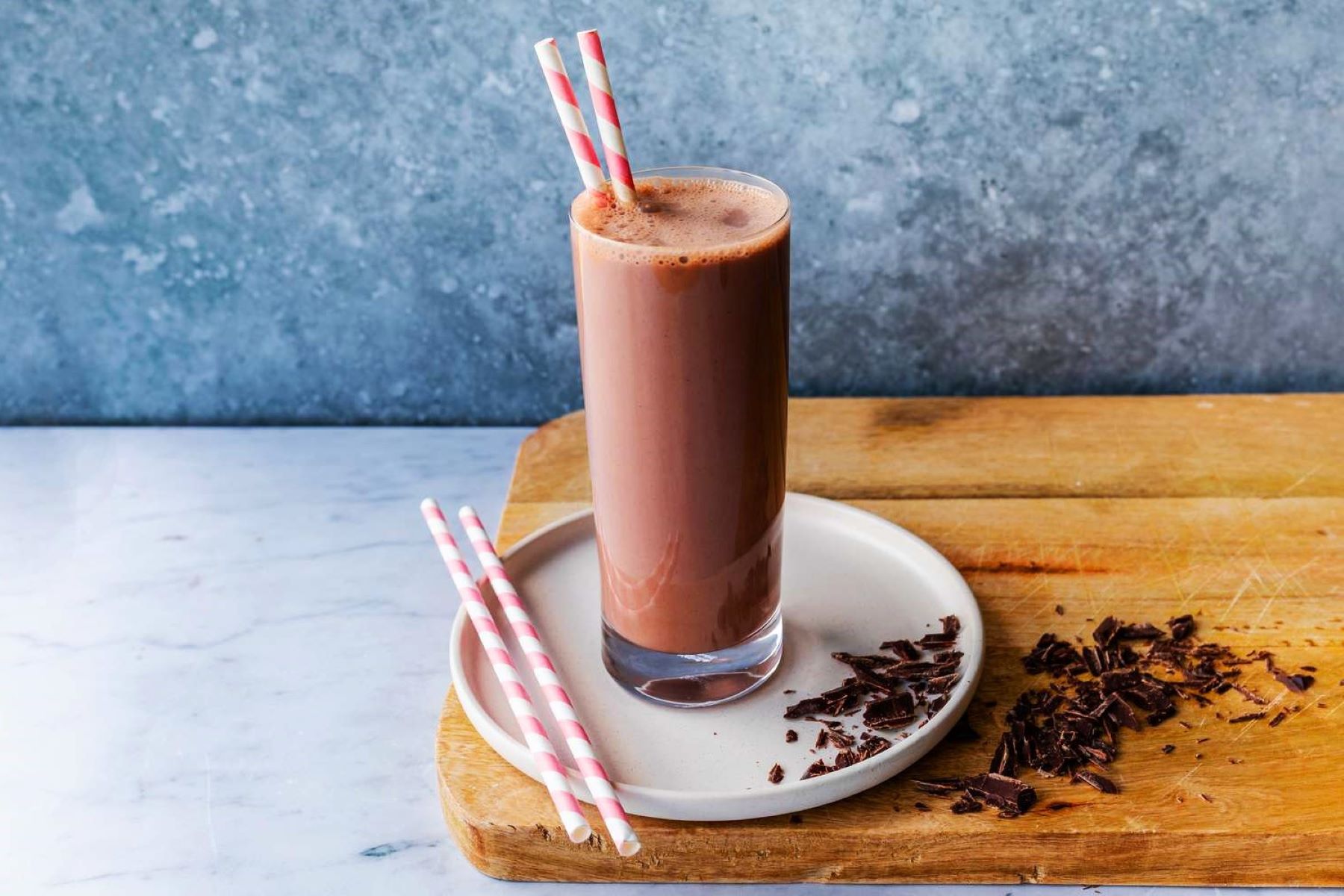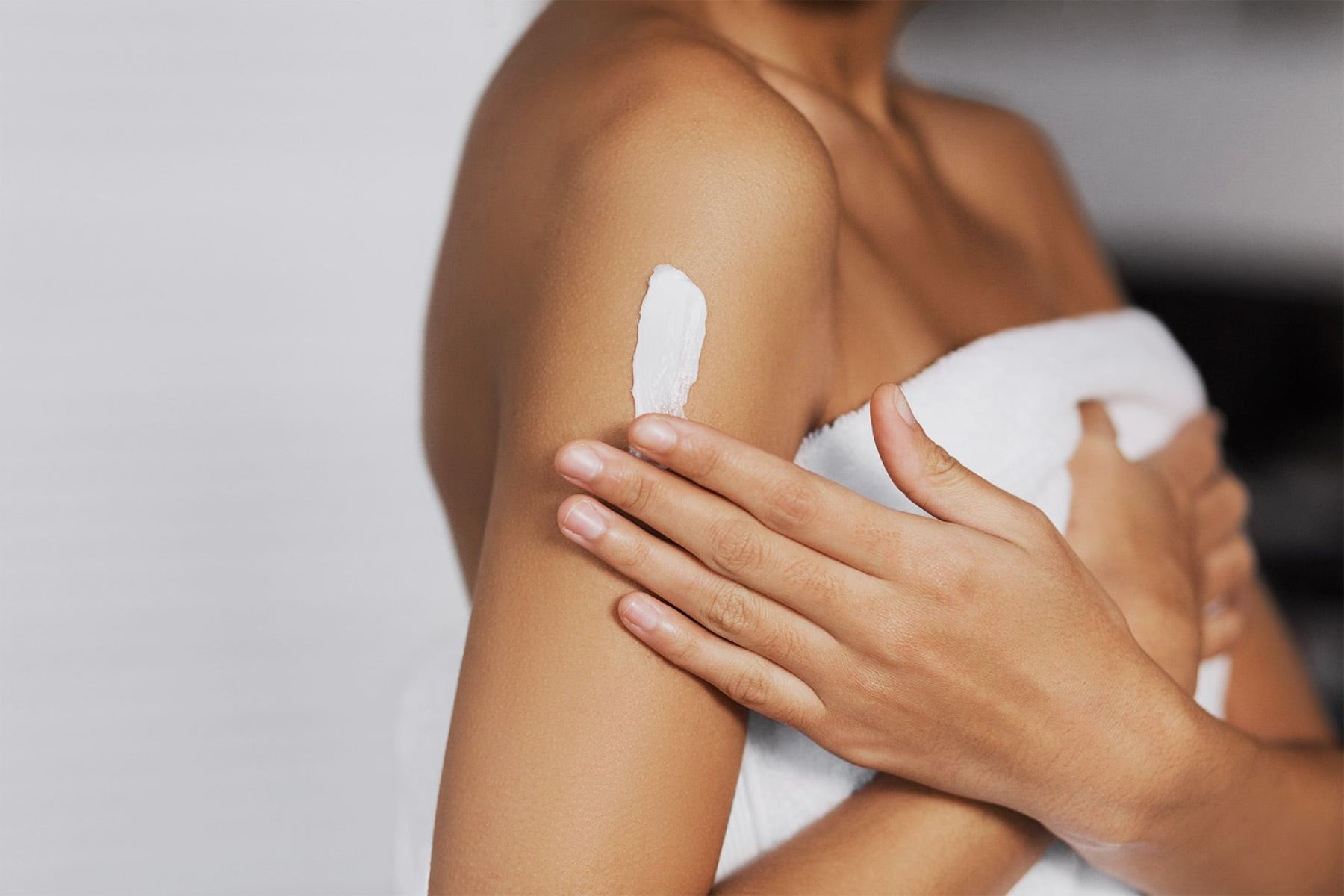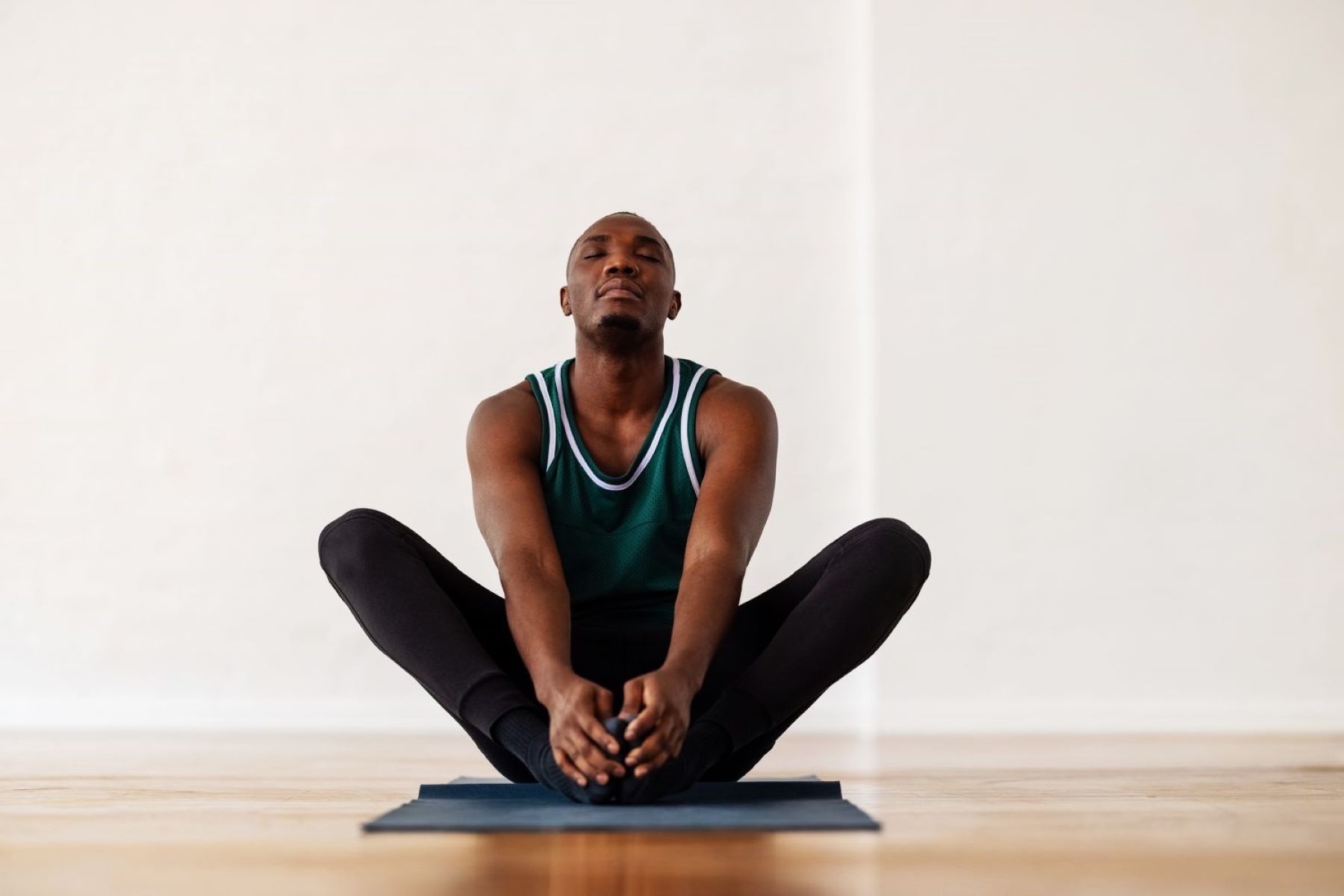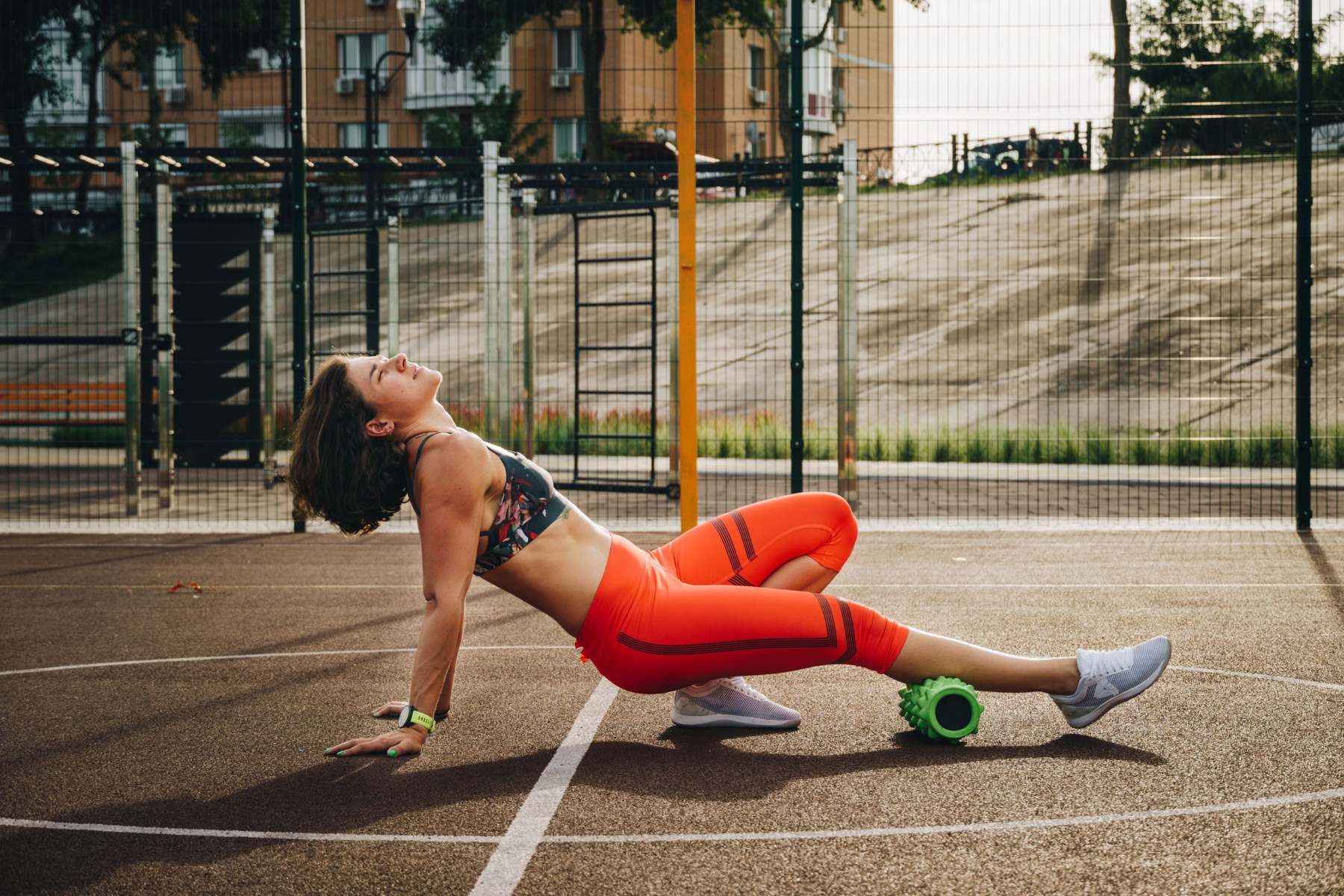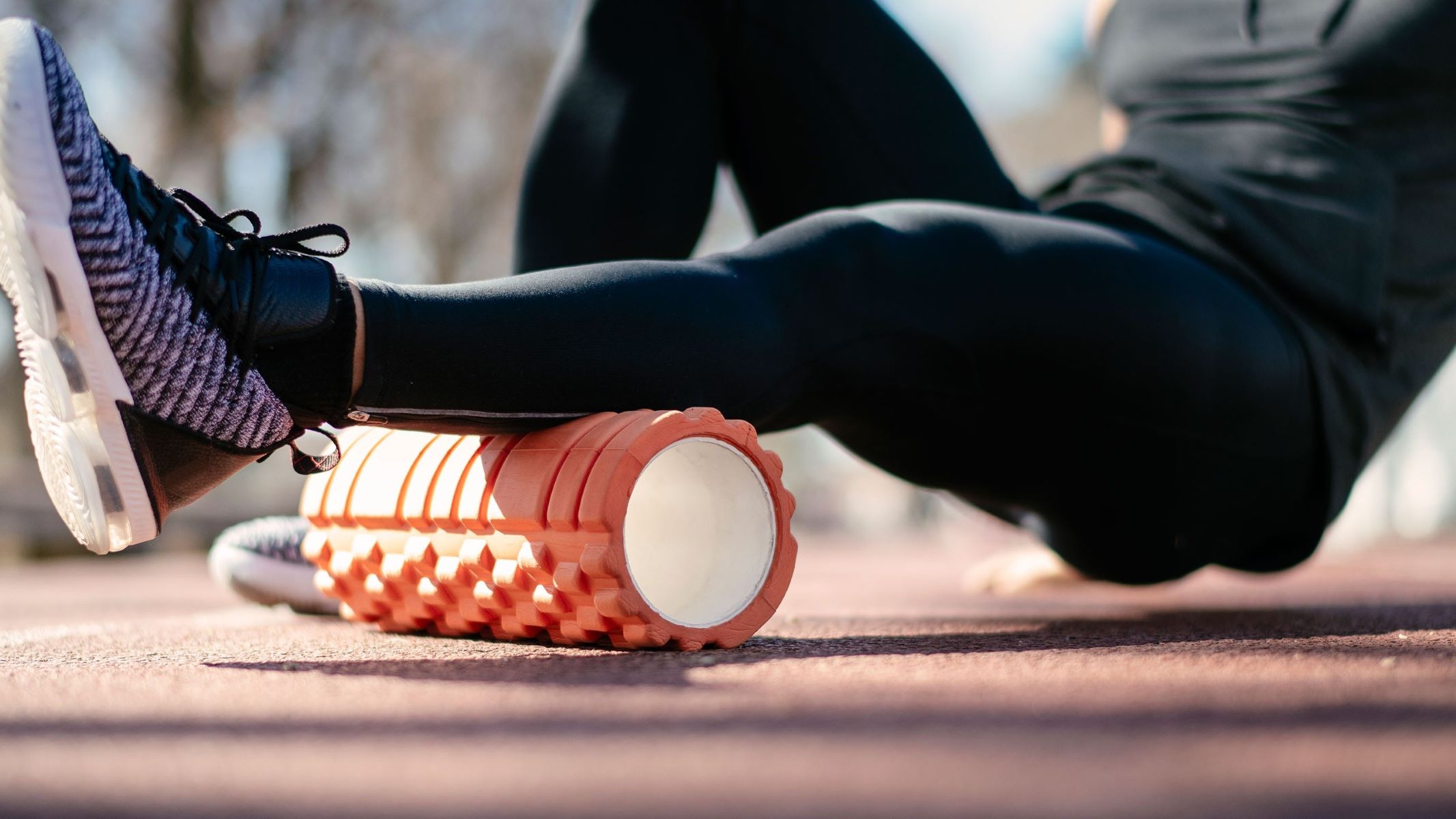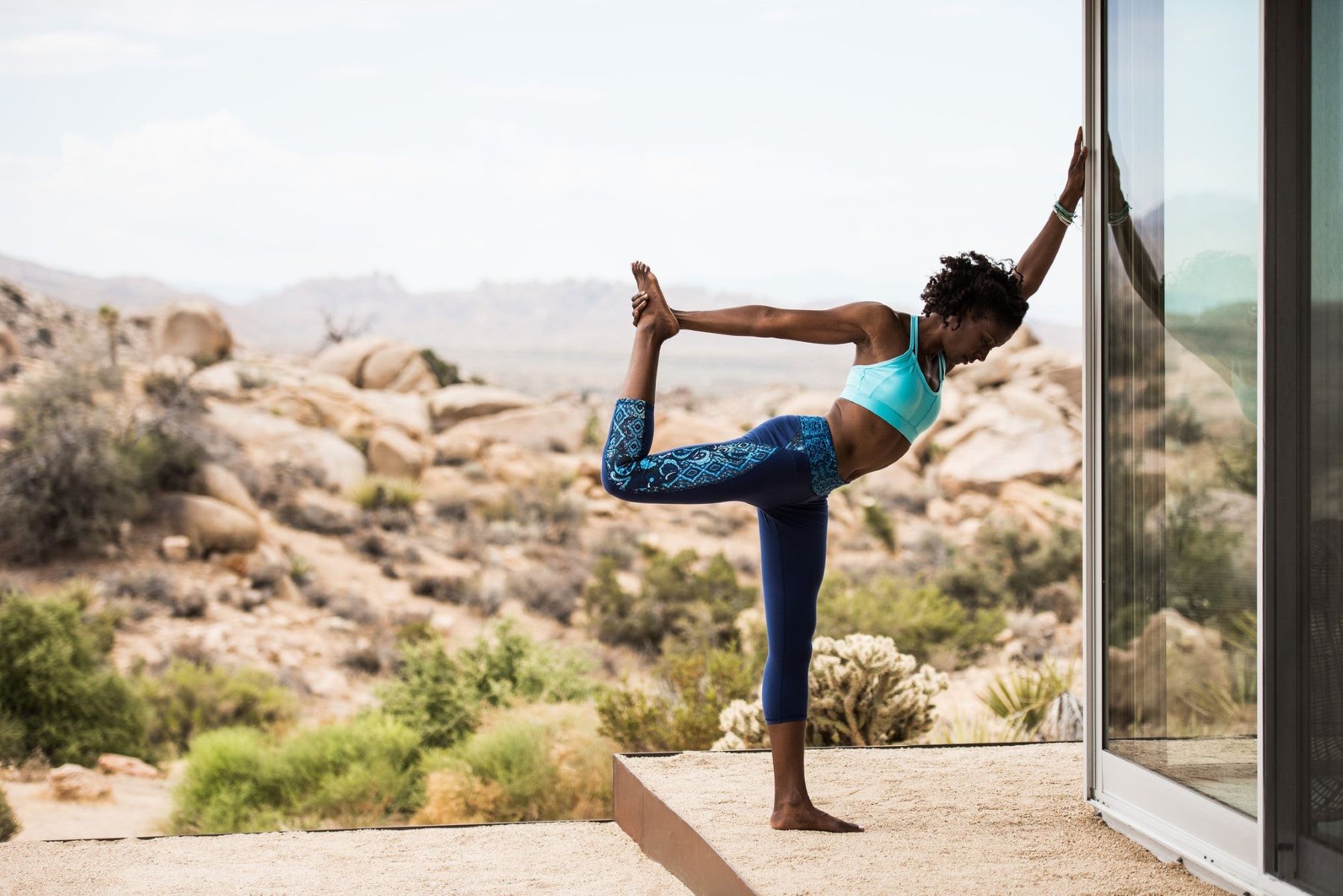Home>Health & Nutrition>Recovery>5 Inversion Stretches To Accelerate Post-Run Recovery For Runners
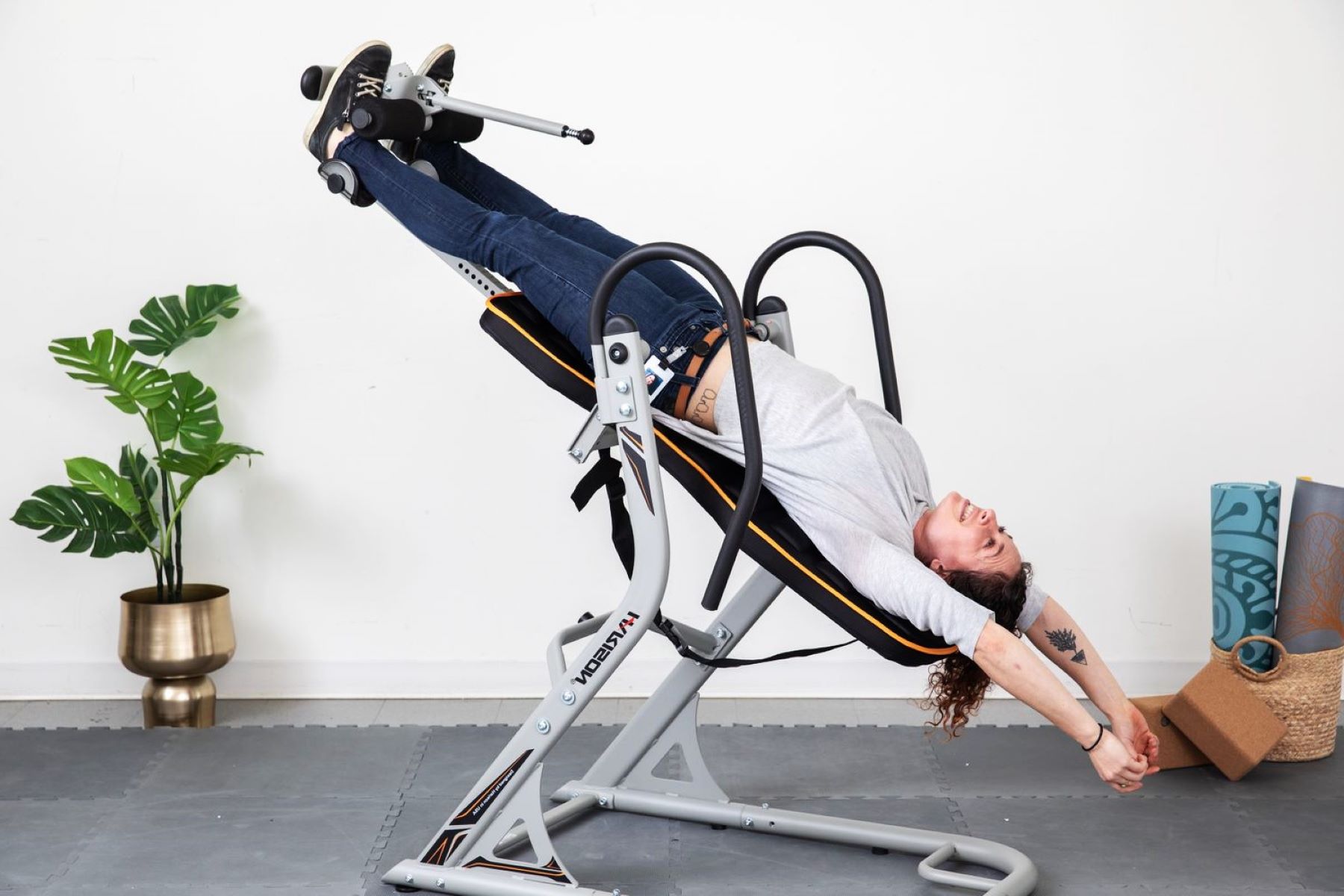

Recovery
5 Inversion Stretches To Accelerate Post-Run Recovery For Runners
Published: February 26, 2024
Accelerate your post-run recovery with these 5 inversion stretches designed specifically for runners. Enhance your recovery routine and get back on track faster.
(Many of the links in this article redirect to a specific reviewed product. Your purchase of these products through affiliate links helps to generate commission for Therunningadvisor.com, at no extra cost. Learn more)
Table of Contents
Introduction
As a dedicated runner, you understand the exhilaration and sense of accomplishment that comes with completing a challenging run. However, the physical demands of running can take a toll on your body, leading to muscle tightness, fatigue, and soreness. Fortunately, integrating inversion stretches into your post-run recovery routine can significantly accelerate your body's healing process and enhance your overall well-being.
Inversion stretches involve positioning your body in a way that allows gravity to work in your favor, promoting circulation and lymphatic drainage while relieving tension in your muscles and joints. By incorporating these stretches into your recovery regimen, you can experience a range of benefits that contribute to faster recovery and improved performance.
Whether you're a seasoned marathon runner or a casual jogger, the insights shared in this article will provide you with valuable knowledge on how to leverage inversion stretches to optimize your post-run recovery. From simple yet effective poses like Legs Up the Wall to more advanced inversions such as Headstand, you'll discover a variety of techniques tailored to meet the unique recovery needs of runners at every level.
By exploring the following sections, you'll gain a deeper understanding of the benefits of inversion stretches for runners and learn about five specific stretches that can help you recover more efficiently after each run. These stretches are designed to target key areas of the body that are commonly affected by running, allowing you to alleviate muscle tightness, reduce inflammation, and restore balance to your body.
As you delve into the details of each inversion stretch, you'll uncover practical tips and insights to ensure that you perform the poses safely and effectively. Whether you're seeking relief from tight hamstrings, achy calves, or a fatigued lower back, these inversion stretches are tailored to address the specific areas of tension and discomfort that often accompany running.
By incorporating these stretches into your post-run routine, you'll not only expedite your recovery process but also cultivate a deeper connection with your body, fostering a sense of mindfulness and self-care that extends beyond your running endeavors. With a commitment to integrating inversion stretches into your recovery regimen, you can elevate your running experience and embark on each new run feeling rejuvenated, resilient, and ready to conquer new milestones.
Read more: 5 Breakfast Ideas For Post-Run Recovery
Benefits of Inversion Stretches for Runners
Inversion stretches offer a myriad of benefits that are particularly advantageous for runners seeking to optimize their post-run recovery. By incorporating these specialized stretches into your routine, you can unlock a range of advantages that contribute to enhanced physical well-being and improved performance. Here are the key benefits of inversion stretches for runners:
-
Enhanced Circulation: Inversion stretches facilitate the flow of blood and lymphatic fluid throughout the body, promoting efficient circulation. This enhanced circulation can aid in the delivery of oxygen and nutrients to fatigued muscles, accelerating the recovery process and reducing post-run soreness.
-
Muscle Relaxation: By inverting the body, tension in the muscles is alleviated, allowing for deep relaxation and relief from tightness. This can be particularly beneficial for runners who often experience muscle tightness and stiffness after intense workouts.
-
Improved Joint Mobility: Inversion stretches can help improve joint mobility by gently decompressing the spine and relieving pressure on the joints. This can be especially advantageous for runners who may experience joint discomfort or stiffness following long runs.
-
Enhanced Recovery: The gravitational pull experienced during inversion stretches can aid in the removal of metabolic waste products from the muscles, facilitating quicker recovery and reducing inflammation. This can contribute to a faster turnaround time between runs and minimize the risk of overuse injuries.
-
Stress Relief: Inversion stretches have been shown to promote relaxation and reduce stress levels. For runners, incorporating these stretches into their post-run routine can provide a valuable opportunity to unwind, release tension, and cultivate a sense of mental and physical well-being.
-
Improved Posture and Alignment: Regular practice of inversion stretches can help improve posture and spinal alignment, which are essential for maintaining proper running form and reducing the risk of injury.
-
Enhanced Mind-Body Connection: Engaging in inversion stretches fosters a deeper connection with the body, promoting mindfulness and self-awareness. This heightened awareness can empower runners to better understand their body's needs and respond to areas of tension or discomfort more effectively.
By embracing the benefits of inversion stretches, runners can elevate their post-run recovery experience, allowing for a more holistic approach to physical well-being. These stretches offer a valuable opportunity to nurture the body, promote recovery, and cultivate resilience, ultimately enhancing the overall running journey.
Inversion Stretch #1: Legs Up the Wall
The Legs Up the Wall pose, also known as Viparita Karani, is a gentle yet highly effective inversion stretch that holds immense benefits for runners seeking to expedite their post-run recovery. This restorative pose involves reclining on the ground with the legs extended vertically against a wall, allowing gravity to work its magic on the body. As a runner, integrating this simple yet powerful stretch into your post-run routine can offer a myriad of advantages that contribute to enhanced recovery and overall well-being.
Benefits of Legs Up the Wall
The Legs Up the Wall pose serves as a rejuvenating practice that promotes relaxation, relieves muscle tension, and facilitates the restoration of energy levels. For runners, this pose holds particular significance due to its ability to enhance circulation, reduce inflammation, and alleviate the strain on the lower body following a demanding run. By assuming this gentle inversion stretch, runners can experience the following benefits:
1. Improved Circulation and Lymphatic Drainage
The Legs Up the Wall pose allows for enhanced blood circulation, promoting the efficient delivery of oxygen and nutrients to fatigued muscles. Additionally, the gentle inversion facilitates lymphatic drainage, aiding in the removal of metabolic waste products and reducing post-run swelling and discomfort.
2. Muscle Relaxation and Recovery
By assuming this restorative inversion stretch, runners can experience a profound sense of muscle relaxation, alleviating tension in the legs, lower back, and hips. This relaxation fosters a conducive environment for muscle recovery, helping to alleviate soreness and stiffness commonly experienced after a run.
3. Stress Reduction and Mental Clarity
The gentle inversion of the Legs Up the Wall pose offers runners a valuable opportunity to unwind, release mental tension, and cultivate a sense of calm and clarity. This can be particularly beneficial for promoting mental well-being and reducing the stress often associated with rigorous training and physical exertion.
4. Enhanced Relaxation and Restoration
This inversion stretch provides a restorative experience, allowing runners to recline in a supportive and comfortable position while reaping the benefits of improved circulation and relaxation. This can contribute to a more efficient recovery process, allowing runners to feel rejuvenated and revitalized after each session.
Incorporating Legs Up the Wall into Your Routine
To integrate the Legs Up the Wall pose into your post-run recovery routine, find a clear wall space where you can comfortably recline with your legs extended vertically. Using a cushion or folded blanket to support your lower back can enhance comfort and relaxation during this stretch. Spend 5-10 minutes in this rejuvenating pose, focusing on deep, mindful breathing to maximize the benefits of the inversion.
By embracing the restorative power of the Legs Up the Wall pose, runners can elevate their post-run recovery experience, fostering a deeper connection with their bodies and nurturing overall well-being. This gentle yet impactful inversion stretch serves as a valuable tool for promoting recovery, relaxation, and resilience, making it an essential addition to every runner's post-run routine.
Read more: Yoga Flow For Runners: Post-Run Recovery
Inversion Stretch #2: Shoulder Stand
The Shoulder Stand, known as Salamba Sarvangasana in yoga, is a revered inversion stretch that holds immense potential for runners seeking to optimize their post-run recovery. This empowering pose involves lifting the legs and lower body upward, supporting the back with the hands, and creating a vertical alignment that harnesses the benefits of inversion. As a dedicated runner, incorporating the Shoulder Stand into your post-run routine can unlock a myriad of advantages that contribute to enhanced recovery, improved circulation, and overall well-being.
Benefits of Shoulder Stand
The Shoulder Stand offers a transformative practice that promotes rejuvenation, relaxation, and the restoration of physical and mental equilibrium. For runners, this inversion stretch holds particular significance due to its ability to alleviate muscle tension, enhance circulation, and promote recovery after a demanding run. By embracing the Shoulder Stand, runners can experience the following benefits:
1. Enhanced Circulation and Oxygenation
Assuming the Shoulder Stand position facilitates improved blood circulation, allowing for enhanced oxygenation of the body's tissues and muscles. This heightened circulation can aid in the efficient delivery of nutrients to fatigued muscles, promoting faster recovery and reducing post-run soreness.
2. Decompression of the Spine and Joints
The Shoulder Stand gently decompresses the spine and relieves pressure on the lower back, promoting spinal health and alleviating tension in the back and neck. Additionally, this inversion stretch can help improve joint mobility, offering relief to runners who may experience discomfort or stiffness in the hips and lower body after a run.
3. Muscle Relaxation and Recovery
By assuming the Shoulder Stand, runners can experience a profound sense of muscle relaxation, allowing for the release of tension in the legs, lower back, and shoulders. This relaxation fosters an environment conducive to muscle recovery, aiding in the alleviation of post-run soreness and stiffness.
4. Improved Lymphatic Drainage
The inverted nature of the Shoulder Stand promotes lymphatic drainage, facilitating the removal of metabolic waste products from the muscles. This process reduces post-run swelling and inflammation, contributing to a more efficient recovery and minimizing discomfort.
Incorporating Shoulder Stand into Your Routine
To integrate the Shoulder Stand into your post-run recovery routine, find a clear, open space where you can comfortably assume the inverted position. Begin by lying on your back, then lift your legs and lower body upward, supporting your back with your hands. Hold the pose for 3-5 minutes, focusing on steady breathing and maintaining a sense of ease and relaxation throughout the stretch.
By embracing the transformative power of the Shoulder Stand, runners can elevate their post-run recovery experience, fostering a deeper connection with their bodies and nurturing overall well-being. This empowering inversion stretch serves as a valuable tool for promoting recovery, relaxation, and resilience, making it an essential addition to every runner's post-run routine.
Inversion Stretch #3: Headstand
The Headstand, known as Sirsasana in yoga, is a revered inversion stretch that offers a multitude of benefits for runners seeking to enhance their post-run recovery. This advanced pose involves balancing the body on the head, with the support of the forearms and hands, creating a vertical alignment that harnesses the transformative power of inversion. Incorporating the Headstand into your post-run routine can unlock a range of advantages that contribute to improved circulation, muscle relaxation, and overall well-being.
Read more: Top 5 Calf Stretches Recommended For Runners
Benefits of Headstand
The Headstand presents a profound opportunity for runners to experience a heightened sense of rejuvenation, mental clarity, and physical restoration. This inversion stretch holds particular significance due to its ability to promote enhanced circulation, relieve tension in the upper body, and facilitate recovery after a demanding run. By embracing the Headstand, runners can experience the following benefits:
-
Improved Circulation and Brain Oxygenation: Assuming the Headstand position facilitates increased blood flow to the brain, promoting enhanced oxygenation and mental clarity. This heightened circulation can aid in the efficient delivery of nutrients to the brain, fostering a sense of alertness and rejuvenation after a run.
-
Upper Body Strength and Stability: The Headstand offers a unique opportunity to engage and strengthen the muscles of the shoulders, arms, and core. This inversion stretch can contribute to improved upper body stability and resilience, which are essential for maintaining proper running form and posture.
-
Enhanced Mental Focus and Balance: Balancing in the Headstand requires a heightened sense of focus and concentration, promoting mental clarity and balance. For runners, this can translate to improved mental resilience and a greater ability to overcome challenges during runs.
-
Stress Reduction and Emotional Well-being: The inverted nature of the Headstand offers runners a valuable opportunity to release mental tension, reduce stress levels, and cultivate a sense of emotional well-being. This can be particularly beneficial for promoting mental resilience and a positive mindset in the face of running challenges.
Incorporating Headstand into Your Routine
To integrate the Headstand into your post-run recovery routine, it is essential to approach this inversion stretch with caution and mindfulness. Seek guidance from a qualified yoga instructor to learn the proper technique and alignment for performing the Headstand safely. As an advanced inversion pose, the Headstand requires gradual progression and a strong foundation of upper body strength and stability.
When incorporating the Headstand into your routine, prioritize safety and proper alignment to minimize the risk of injury. Begin by practicing against a wall for support and gradually work towards balancing in the center of the room. Spend a few minutes in the Headstand, focusing on steady breathing and maintaining a sense of ease and stability throughout the pose.
By embracing the transformative power of the Headstand, runners can elevate their post-run recovery experience, fostering a deeper connection with their bodies and nurturing overall well-being. This advanced inversion stretch serves as a valuable tool for promoting recovery, mental resilience, and physical strength, making it an empowering addition to every runner's post-run routine.
Inversion Stretch #4: Forward Fold with Support
The Forward Fold with Support, also known as "Uttanasana" in yoga, is a rejuvenating inversion stretch that offers runners a valuable opportunity to release tension in the lower back, hamstrings, and calves while promoting relaxation and recovery. This gentle yet impactful pose involves bending forward from the hips and allowing the upper body to release towards the legs, with the support of a prop such as a yoga block or bolster. Integrating the Forward Fold with Support into your post-run routine can unlock a range of benefits that contribute to enhanced flexibility, muscle relaxation, and overall well-being.
Benefits of Forward Fold with Support
The Forward Fold with Support serves as a restorative practice that facilitates deep relaxation, relieves muscle tension, and promotes the release of stress and fatigue accumulated during a run. For runners, this inversion stretch holds particular significance due to its ability to alleviate tightness in the lower body, enhance circulation, and foster a sense of mental and physical well-being. By embracing the Forward Fold with Support, runners can experience the following benefits:
-
Deep Stretch and Muscle Relaxation: The gentle forward fold allows for a deep stretch in the hamstrings, calves, and lower back, promoting muscle relaxation and alleviating tension accumulated during running. This stretch can aid in reducing post-run soreness and stiffness, allowing for a more efficient recovery process.
-
Improved Flexibility and Range of Motion: By incorporating the Forward Fold with Support into your routine, you can gradually enhance flexibility in the posterior chain, including the hamstrings and lower back. This improved flexibility can contribute to better running form and reduced risk of injury.
-
Enhanced Circulation and Relaxation: Assuming the forward fold position promotes enhanced blood circulation to the head and heart, fostering a sense of relaxation and mental clarity. This can be particularly beneficial for runners seeking to unwind and release mental tension after a challenging run.
-
Stress Reduction and Mindfulness: The supported nature of the Forward Fold offers runners a valuable opportunity to release mental and physical tension, promoting a sense of mindfulness and emotional well-being. This can contribute to a more balanced and resilient mindset for future runs.
Incorporating Forward Fold with Support into Your Routine
To integrate the Forward Fold with Support into your post-run recovery routine, find a clear, open space where you can comfortably perform the stretch. Place a yoga block or bolster in front of you and gently fold forward from the hips, allowing the support to provide a comfortable resting place for your head and arms. Spend 3-5 minutes in this rejuvenating pose, focusing on deep, mindful breathing to maximize the benefits of the inversion.
By embracing the restorative power of the Forward Fold with Support, runners can elevate their post-run recovery experience, fostering a deeper connection with their bodies and nurturing overall well-being. This gentle yet impactful inversion stretch serves as a valuable tool for promoting recovery, flexibility, and resilience, making it an essential addition to every runner's post-run routine.
Inversion Stretch #5: Inverted Yoga Poses for Recovery
Inverted yoga poses offer a diverse range of techniques that can significantly contribute to a runner's post-run recovery. These poses, including variations of the shoulder stand, headstand, and handstand, harness the power of gravity to promote circulation, relieve muscle tension, and facilitate the restoration of energy levels. By incorporating inverted yoga poses into your post-run routine, you can unlock a myriad of benefits that contribute to enhanced recovery and overall well-being.
Benefits of Inverted Yoga Poses
Inverted yoga poses serve as transformative practices that promote relaxation, mental clarity, and physical restoration. For runners, these poses hold particular significance due to their ability to enhance circulation, reduce inflammation, and alleviate muscle tightness following a demanding run. By embracing inverted yoga poses, runners can experience the following benefits:
-
Enhanced Circulation and Lymphatic Drainage: Inverted yoga poses facilitate improved blood circulation and lymphatic drainage, promoting the efficient delivery of oxygen and nutrients to fatigued muscles. This enhanced circulation aids in the removal of metabolic waste products, reducing post-run swelling and discomfort.
-
Muscle Relaxation and Recovery: By assuming inverted yoga poses, runners can experience profound muscle relaxation, alleviating tension in the legs, lower back, and shoulders. This relaxation fosters an environment conducive to muscle recovery, aiding in the alleviation of post-run soreness and stiffness.
-
Improved Joint Mobility and Decompression: Inverted yoga poses gently decompress the spine and relieve pressure on the joints, promoting improved joint mobility and alleviating tension in the back and hips. This can be particularly beneficial for runners seeking relief from discomfort or stiffness following long runs.
-
Stress Reduction and Mental Well-being: The inverted nature of these poses offers runners a valuable opportunity to release mental tension, reduce stress levels, and cultivate a sense of mental and emotional well-being. This can contribute to a more balanced and resilient mindset for future runs.
Incorporating Inverted Yoga Poses into Your Routine
To integrate inverted yoga poses into your post-run recovery routine, it is essential to approach these poses with caution and mindfulness. Seek guidance from a qualified yoga instructor to learn the proper techniques and alignment for performing inverted poses safely. As advanced practices, inverted yoga poses require gradual progression and a strong foundation of strength and stability.
When incorporating inverted yoga poses into your routine, prioritize safety and proper alignment to minimize the risk of injury. Begin with supported variations and gradually progress to more advanced poses as your strength and confidence grow. By embracing the transformative power of inverted yoga poses, runners can elevate their post-run recovery experience, fostering a deeper connection with their bodies and nurturing overall well-being. These empowering inversion stretches serve as valuable tools for promoting recovery, resilience, and a holistic approach to physical well-being.

